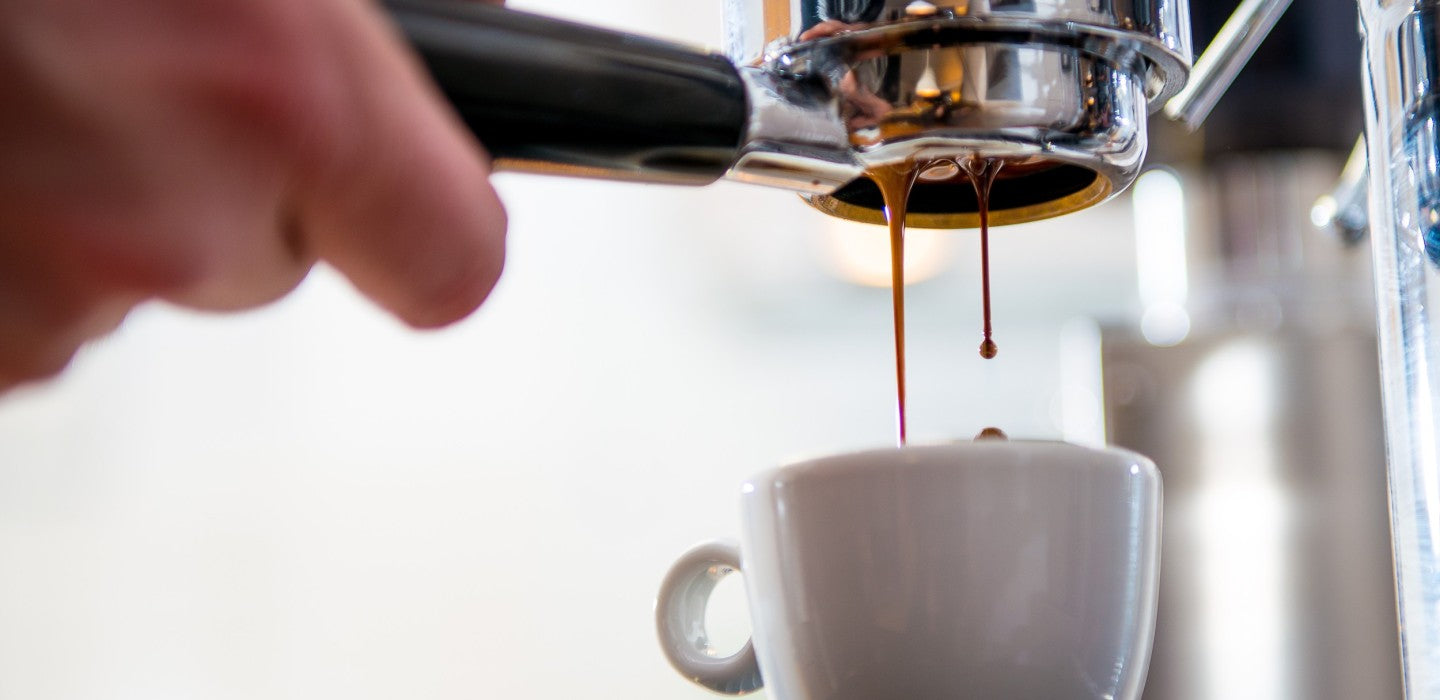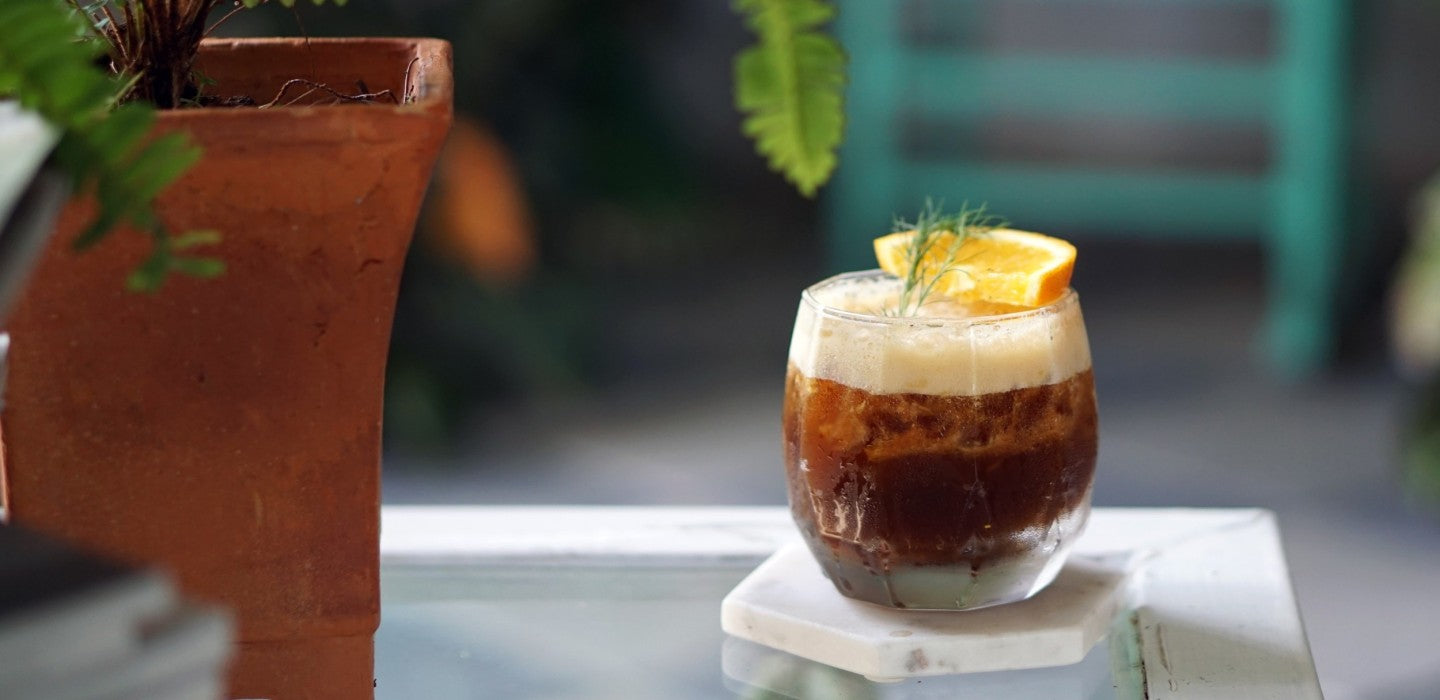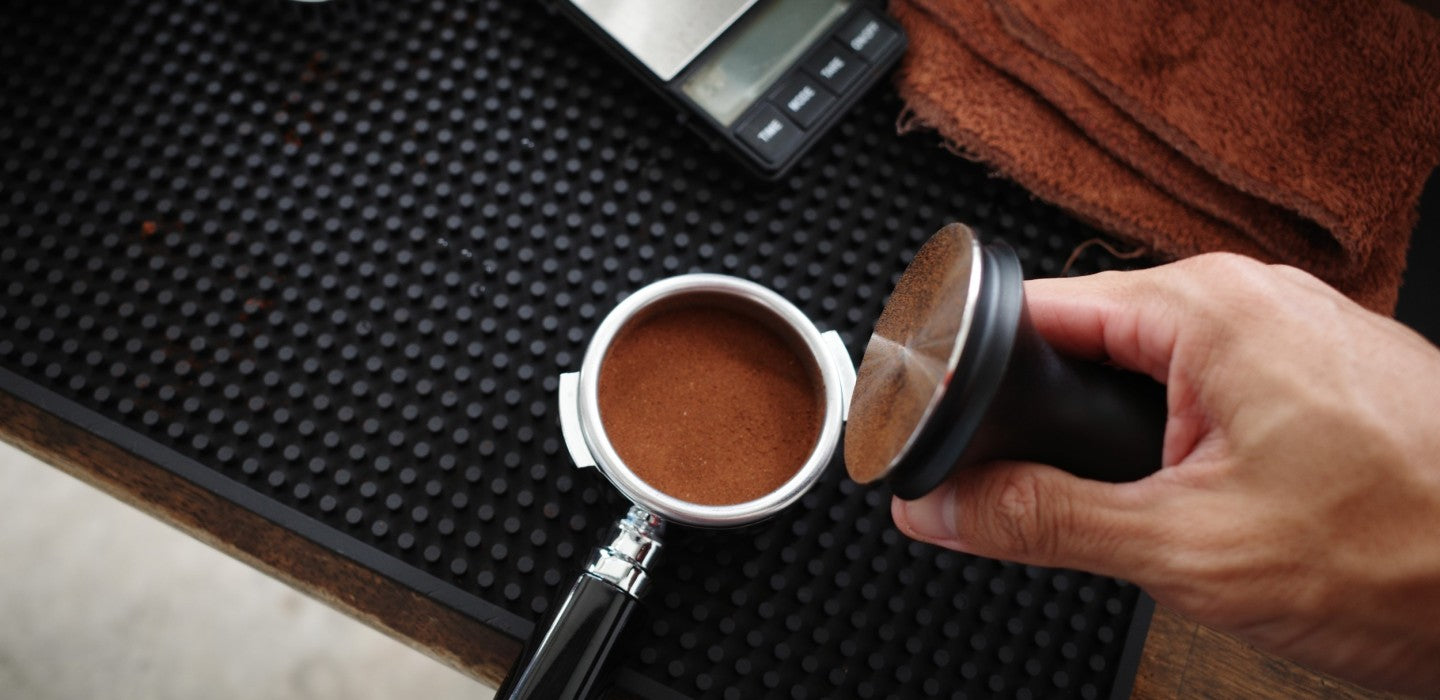Delving into the Aromas: Differences Between Coffee and Espresso
From breakfast tables to office desks, coffee embraces a universal appeal that transcends borders. Sometimes it takes on the role of a morning wake-up call, than a companion during relaxation, or just a perfect beverage to stimulate a conversation. However, have you ever wondered about the difference between your regular cup of Joe and the rich Espresso? Dive into this article and unearth the fascinating contrasts of taste, preparation, and quality that distinguish the contemporary, international and timeless icon, Coffee, from the bold and classy Espresso.
Roasting Magic: The Bean's Right Touch
Though originating from the same plant, Coffee and Espresso differ significantly in the roasting process of their beans. Beans for Espresso undergo a considerably longer roasting time than those for regular coffee. As a result, Espresso beans appear darker and exude a stronger taste dominated by intense roasting flavours. The scientific reason behind these taste variations lies in the length of the roasting: the longer the beans are roasted, the more the acid content decreases.
On the other hand, regular coffee is made from beans that experience a shorter roasting duration. This serves to elevate the fruit aromas contained within the beans. Therefore, your morning cup of coffee is lighter in appearance and taste, featuring a delicate blend of fruity flavours.
Nowadays, even lighter roasts are gaining popularity for both Coffee and Espresso, bringing out fruity taste components even more apparent due to the gentler processing involved.
Boost or Bubble? Caffeine Content Debunked
Contrary to popular belief, an Espresso doesn't contain more caffeine than regular coffee. Although the concentration of caffeine in Espresso beans may be slightly higher, remember that we typically consume fewer quantities of Espresso. While an Espresso is traditionally served in 40ml to 60ml volume containing 30mg to 100mg caffeine, the conventional coffee ranges from 100ml to 300ml, housing 50mg to 150mg caffeine. Considering the shorter contact time between ground beans and water during Espresso preparation, its caffeine concentration remains relatively low.
The Health Debate: Coffee or Espresso?
Both coffee and Espresso boast a set of health benefits that positively impact the circulatory system. While numerous studies suggest that regular consumption of coffee and Espresso reduces the risk of heart attacks and diabetes, alongside facilitating lower cholesterol levels, the debate ofCoffee vs. Espresso: Which is healthier?" remains.
Espresso, owing to its decreased acid content - a result of a longer roasting process - is relatively gentler and bearable on the stomach compared to regular coffee. Nonetheless, as with all food items, moderation is key. An optimal level of up to four cups of Espresso or five cups of regular coffee per day is considered health-promoting.
Taste and Visual Appeal: Exploring the aesthetic differences
An Espresso, with its smaller water quantity during preparation, results in a more concentrated and intense beverage compared to regular coffee. While an average Espresso boasts approximately 10% of dissolved coffee beans in water, a filter coffee merely reaches about 2%. This higher concentration results in a darker, oilier appearance in an Espresso, as opposed to coffee.
Furthermore, the high pressure used during extraction is responsible for Espresso's characteristic creamy froth, known as "crema". Nonetheless, modern fully automated machines that also use high pressure during coffee preparation can visibly create a similar "crema" on a regular coffee too.
Of Arabica and Robusta: The Beans Used
The coffee world primarily distinguishes between two types of coffee beans: Arabica and Robusta. Arabica beans, with their lower caffeine content and less acidity, render a more refined flavour. Robusta beans, on the other hand, give out a stronger but comparatively bitter flavour profile.
Although roasters primarily use Arabica beans for pure coffee mixtures, Espresso blends often consist of a combination of Arabica and Robusta. The difference in bean type alongside the roasting length contributes significantly to the dissimilar taste profiles observed between Coffee and Espresso.
By diving into the world of Coffee versus Espresso and exploring their differences, we find ourselves appreciating the fine nuances in flavour, preparation, and presentation that make each one a unique experience to enjoy. The next time you sip on your Espresso shot or relish a cozy cup of coffee, remember the journey it has undergone, from a delicate coffee flower to stimulating your taste buds.



Leave a comment
This site is protected by hCaptcha and the hCaptcha Privacy Policy and Terms of Service apply.